How to make unique cookie shapes
I really, REALLY like to decorate cookies. It combines art and dessert, both of which I adore!
Fairly early in my cookie-decorating career, I began to want cookie cutter shapes that were not readily available at shops in my town. Then I discovered some wonderful Internet sources like Foose Tinsmithing, and for a while, I was satisfied. But eventually, I wanted even more shapes than were available online, and so I set out to figure out how to design my own shapes. If you want to make your own cookie cutters, too, then read on!
I’ll tell you about two different methods: flat templates and bent copper cutters.
But first, a few general tips for cookie cutter design. Simple shapes are best, ones with few twists and turns (unlike the pinata above!)
Try to avoid creating narrow little parts; the dough is likely to get stuck in those, and even if it doesn’t, they will bake too quickly.
Now, on to the two methods.
1. Flat templates
This is by far the simpler of the two methods. You simply cut a template in the shape you want, and then place it on top of the dough and cut around it with a sharp knife.
You can make templates out of:
- food-safe plastic (for example a flexible-sheet type cutting board, a plastic lid, or the flat part of an egg carton), or
- cardboard that you have rendered more food-safe by coating it with Press N Seal wrap.
To cut out a plastic template, first draw your shape on freezer paper. Then stick it to your cutting surface with freezer tape and cut around it.
To make a cardboard template, first draw your design on the cardboard. Then coat both sides with Press N Seal wrap before cutting it out.
Here are a few of the cardboard templates I have made in the past, and the cookies I made using the templates:
Those last ones were for a fiesta-themed office party. I enlarged some clip art designs and made templates out of those.
Be aware that most cookie recipes produce dough that spreads a bit as it bakes. So you may want to make some of your templates a little narrower than you want the finished cookie to be. You can see that my pinata cookie did spread (look at the neck area in particular).
2. Bent copper cutters
These are pretty flimsy, but can work as long as your dough is not too stiff. They will not be sturdy enough to cut through nuts or chocolate chunks.
You need some thin copper sheets, some tin snips, and some copper wire. All of these items should be available at craft stores.
You will also need some drawing supplies, some string, and a small sharp nail or a large needle.
Draw your design on paper, actual size. If you are using clip art, you can re-size it before you print it OR you can print it first, and then use the enlarge/reduce function of a photocopier to make it the size you want.
I usually make my cookies about four to six inches, which seems like a good size for a decorated cookie. If you make the template too small, it will be harder to form the copper, and harder to decorate the cookie. But if you make it too large, you run the risk of overbaking the edges before the middle is fully baked.
Next, use the string to measure all along the outline of the design, to see how much copper you will need.
Measure and mark a one-inch strip of the copper, about a half-inch to one inch longer than the length you just measured with the string. Cut it with the tin snips, being careful not to hurt yourself on the sharp edges. Fold over one long edge about one-quarter inch to make a smooth “handle” edge. The other long edge will be the cutting edge.
Set the strip on edge, on the paper where you have drawn your design. Starting in the MIDDLE of a long, straight part of the design, bend the copper strip into the proper shape, using your drawing as a guide. You can use tools like dowel rods and knitting needles to make smooth curves and sharp turns.
Once you get to the place where the strips overlap, puncture two holes through both layers of copper, from the inside of the cutter going outward. Then lace wire through them and twist them together on the outside of the cutter, like a twist-tie. These pictures show the basic technique, but go the wrong direction. Your wire twist should wind up on the outside of the cutter so that it doesn’t mess up the cookie shape.
The second picture also shows the folded-over edge of the cutter that forms the handle side.
Be sure the two ends of the copper strip line up perfectly when you attach them together so that the resulting cutter will be nice and flat. When you cut your cookies, you’ll need all edges of your cutter to go all the way through the dough.
Wash the cutter before using it. Don’t press too hard when you cut the cookies, or else your cutter will bend; it’s pretty flimsy!
Here are some bent copper cutters I made, and the cookies that I cut from them:
Have fun designing your own cookies… Be sure to post and tell me what designs you made!
UPDATE:
I made another bent-copper cutter today, and made a discovery that I wanted to share. Instead of using wire to attach the two ends of the cutter, this time I used tiny copper brads.
It was easy to use my craft knife to (carefully!) cut slits in the copper for the flat prongs of the brads. As before, you should put the smoother sides toward the inside.
Here is a shot of the finished cutter, and the shape I was shooting for:
Notice I did not trace all around the teeth — I decided I’d make the cookie sturdier by leaving the mouth opening intact, and then using icing to outline the teeth. Go team!
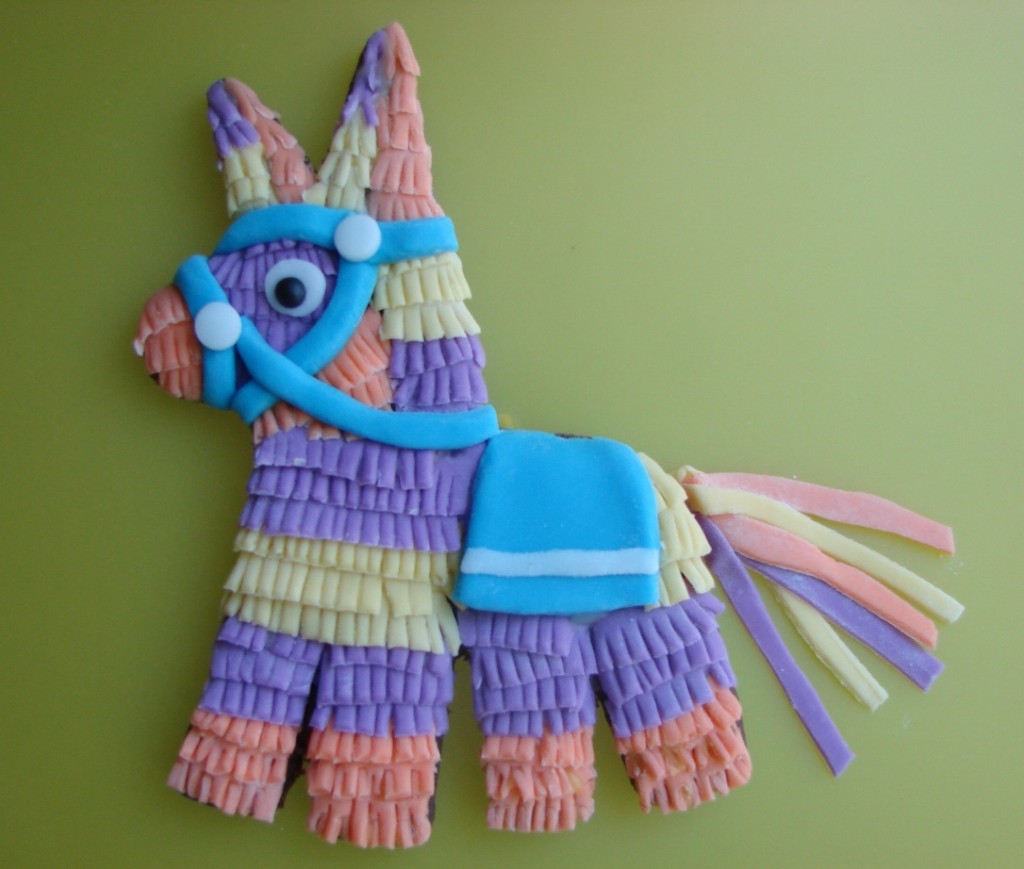
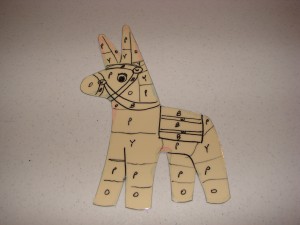
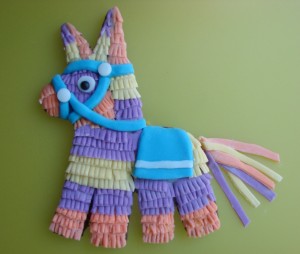
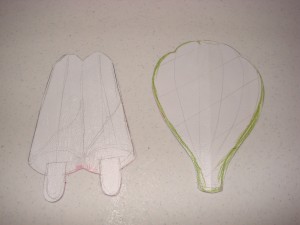
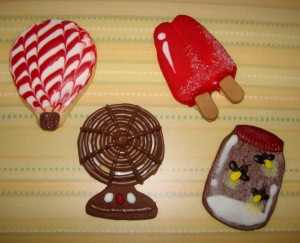
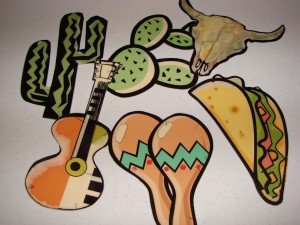
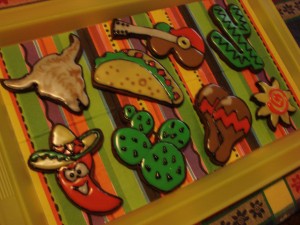
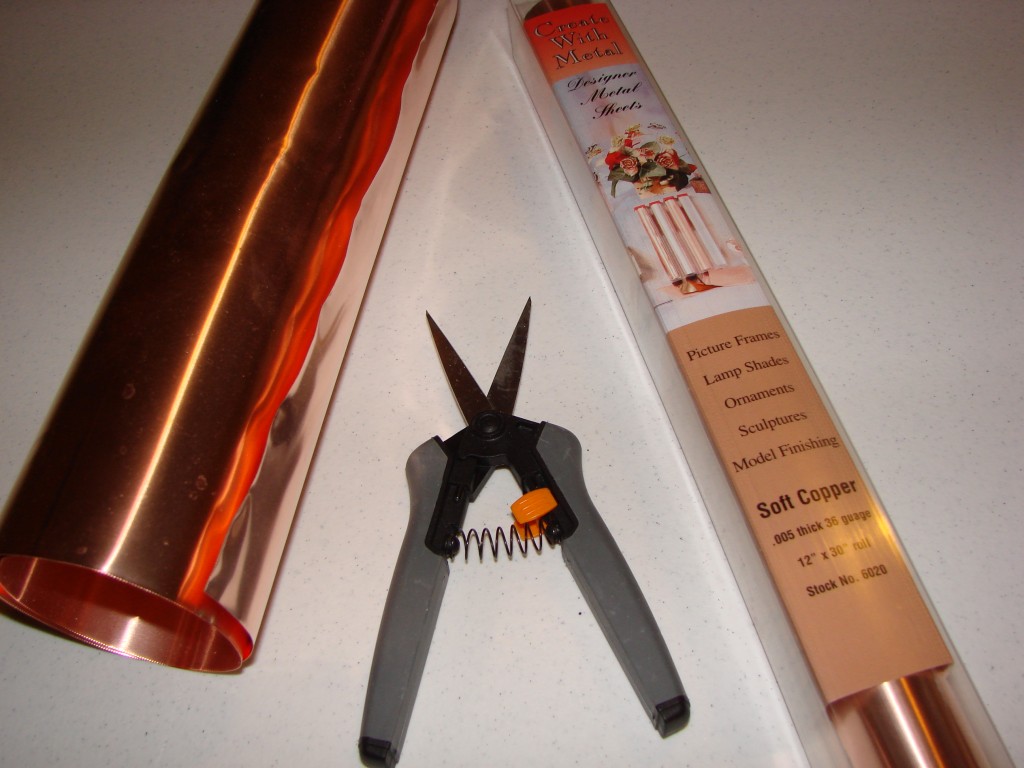
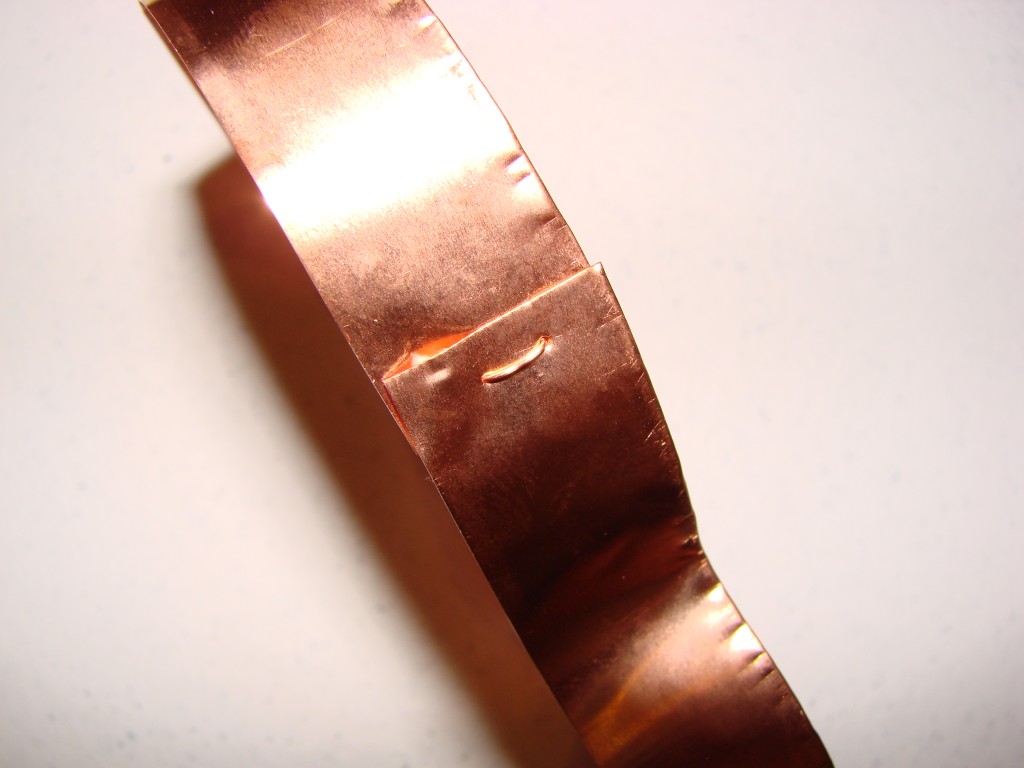
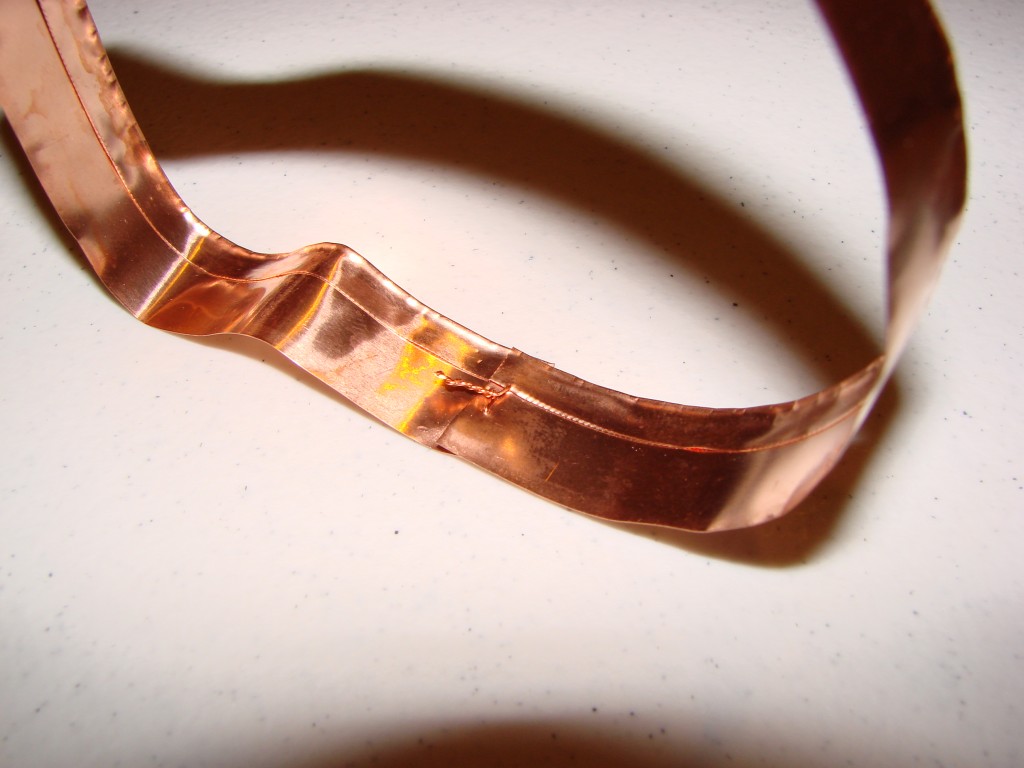
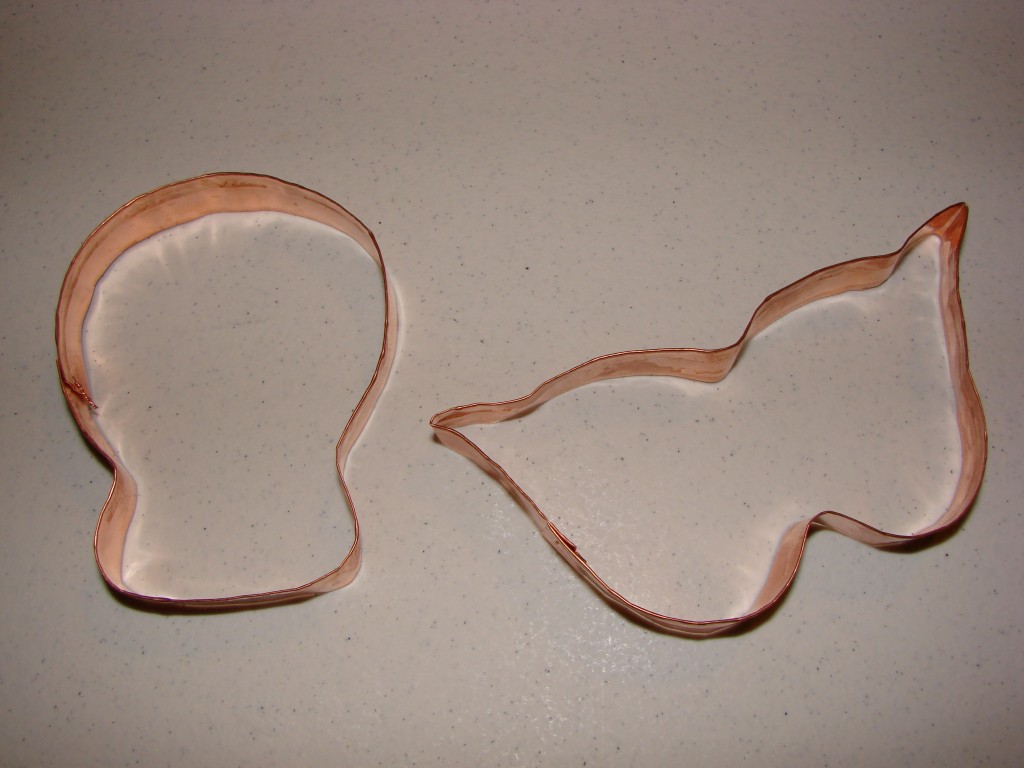
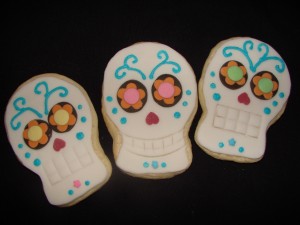
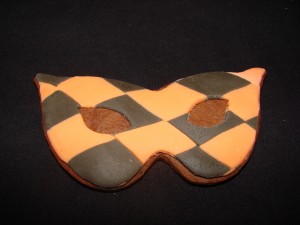
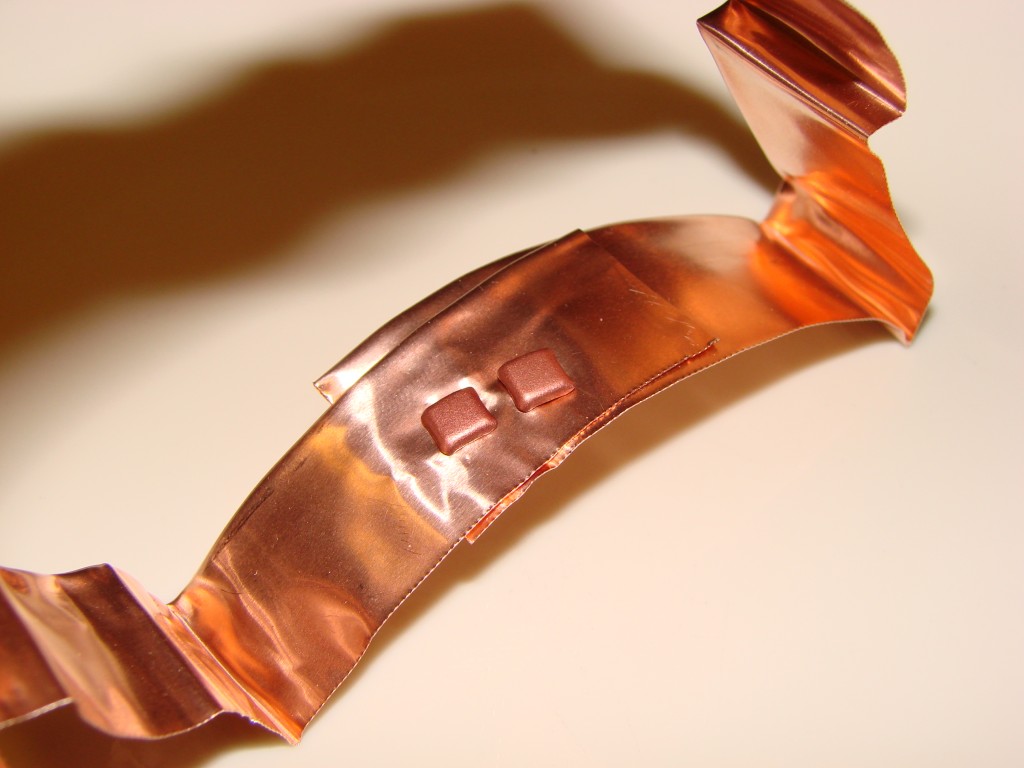
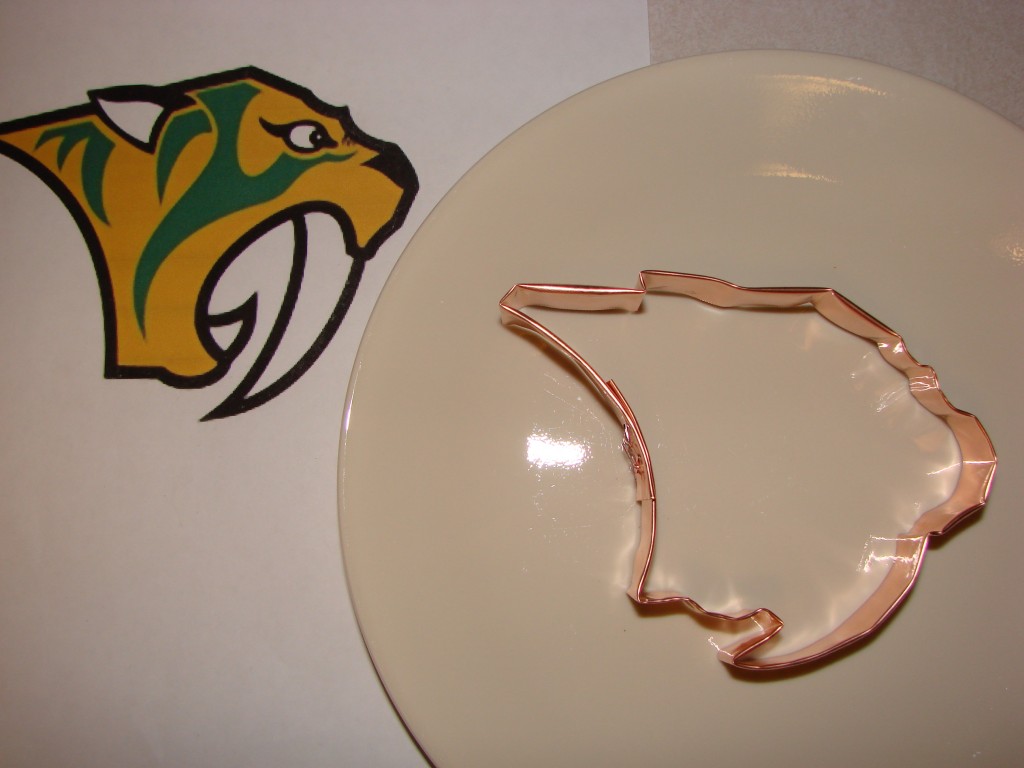
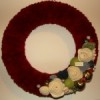
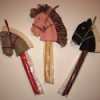
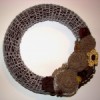
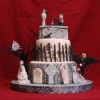

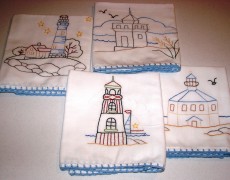
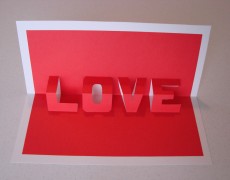
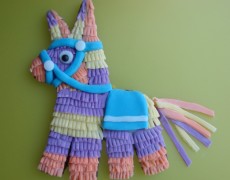
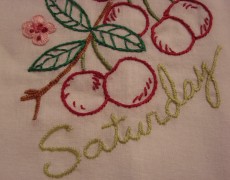
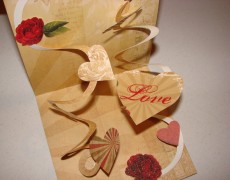
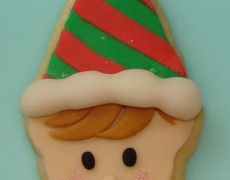

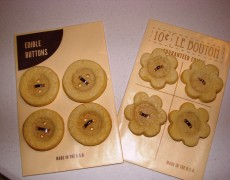
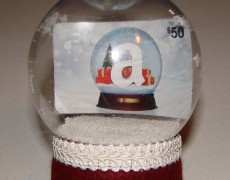
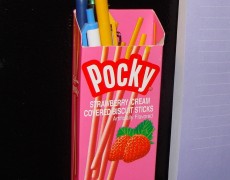
Clay might be tough! The copper is a fairly thin gauge. You could get a heavier gauge metal (I think they sell it at hardware stores), but might be hard to manipulate without annealing it.
I am looking to make a cutter in the shape of Lake Superior and will use it on air drying clay for ornaments. Do you think the copper will hold up to clay. Is there something you would recommend instead?
Sorry, I don’t sell this stuff. (Although I’m very flattered that you think it is worth purchasing!) But please feel free to make your own cutter just like it (for your own personal use; not for sale).
Do you “sell” the pinata cookie cutter? If so how much including shipping.